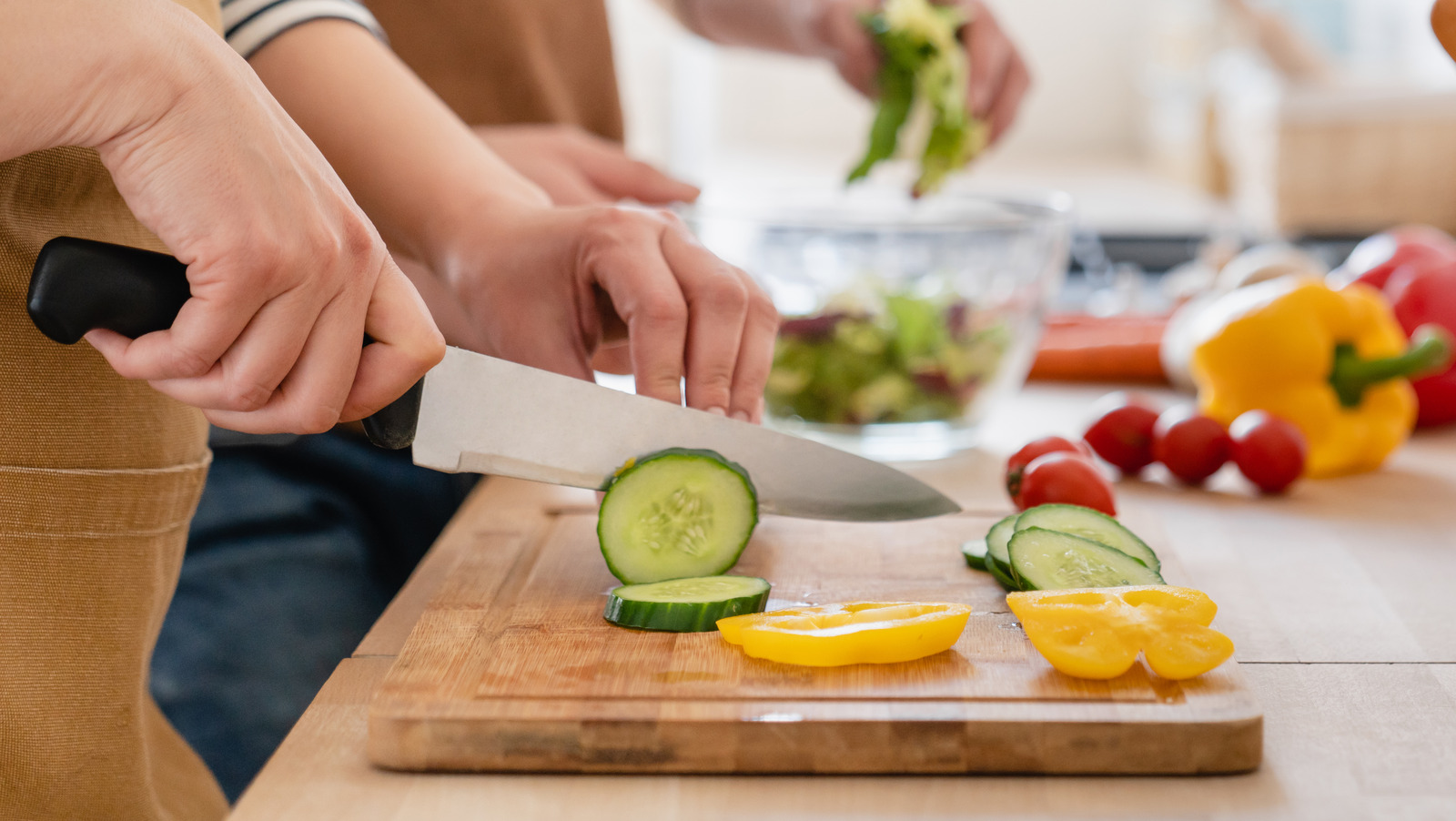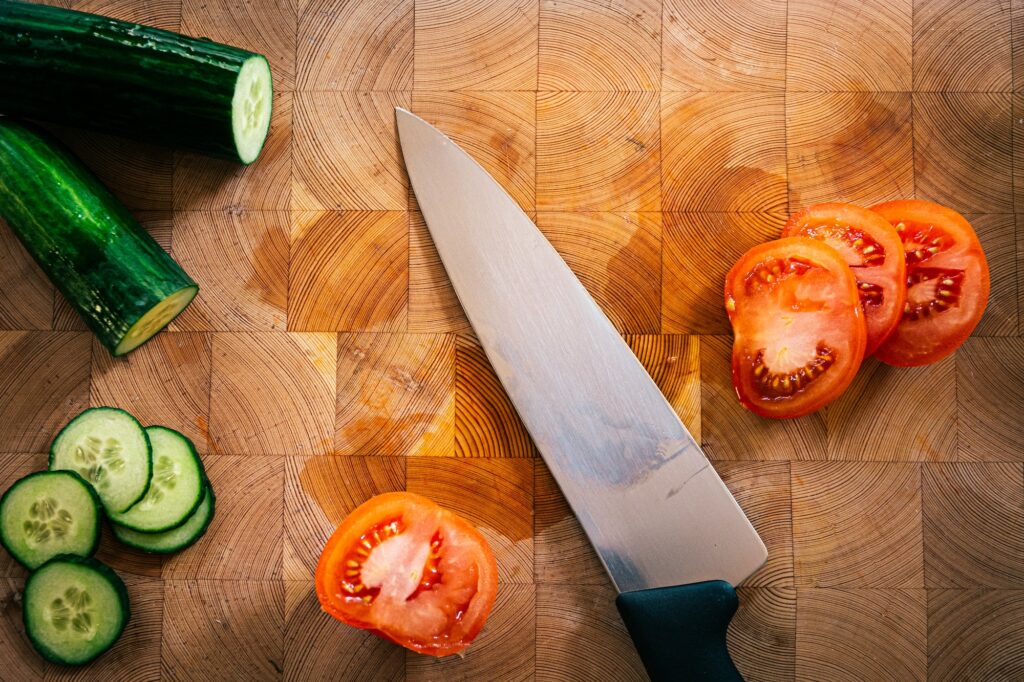When it comes to preparing food in a professional kitchen, the choice of equipment is crucial. Among the essentials, a cutting board holds a significant place. But what is a composite cutting board, and why should it matter to culinary experts?
A composite cutting board is made from a blend of materials, often featuring resins and wood fibers. This type of board combines the advantages of wood and plastic, making it an excellent choice for kitchen professionals striving for efficiency and hygiene.

Advantages of Using a Composite Cutting Board
Composite cutting boards offer several benefits:
- Durability: These boards are known for their strength, making them resistant to warping and cracking.
- Non-porous: They dont absorb moisture and odors, reducing the risk of bacterial growth.
- Low Maintenance: Unlike wooden boards, composite boards are easier to clean and maintain.
How Does It Compare to Other Cutting Boards?
Comparative Analysis
When evaluating cutting boards, youll come across wood, plastic, and composite options. Let's delve a bit deeper into the comparisons:
Wooden Cutting Boards
Wooden boards are favored for their aesthetic appeal and ability to preserve knife edges. However, they require extensive care to avoid deep cuts and bacteria buildup. For maintenance tips, check out removing sticky residues.
Plastic Cutting Boards
These boards are incredibly lightweight and offer ease of sanitization; however, they may develop deep knife marks, which can harbor bacteria. If your plastic board has deep cuts, you may consider replacing it as explained in this article on cutting board maintenance.
Composite vs. Traditional Boards
Composite cutting boards often surpass wooden and plastic options by balancing aesthetics with practicality. They exhibit fewer knife grooves, thus maintaining hygiene levels better. For effective cleaning procedures, refer to this article on cleaning wooden boards.
Perfect Uses for Composite Cutting Boards
Culinary professionals can utilize composite boards in various scenarios:
- Chopping Vegetables: Their sturdy surface can handle heavy chopping without wearing out.
- Meat Preparation: Ideal for cutting meat, they ensure sanitation by preventing contamination.
- Baking Projects: Use them as a prep surface when working on dough or pastries.
How to Maintain Your Composite Cutting Board
Although low in maintenance, care for your cutting board is still essential:
- Regularly wash with hot, soapy water.
- Sanitize after preparing raw foods.
- Do not soak in water; it's not necessary!
Quick Tips:
Utilize non-slip materials to keep your board steady during use.
FAQs about Composite Cutting Boards
1. Can a composite cutting board go in the dishwasher?
Most composite boards are dishwasher safe, but checking manufacturer guidelines is crucial to prevent damage.
2. Are composite cutting boards safe for raw meat?
Yes, their non-porous nature makes them safe, provided you properly sanitize after use.
3. How does a composite board compare to bamboo boards?
Composite boards usually offer better knife protection and moisture resistance compared to bamboo models.

External Resources
For more insights, check this guide on cutting board choices.
As an Amazon Associate, I earn from qualifying purchases.


























